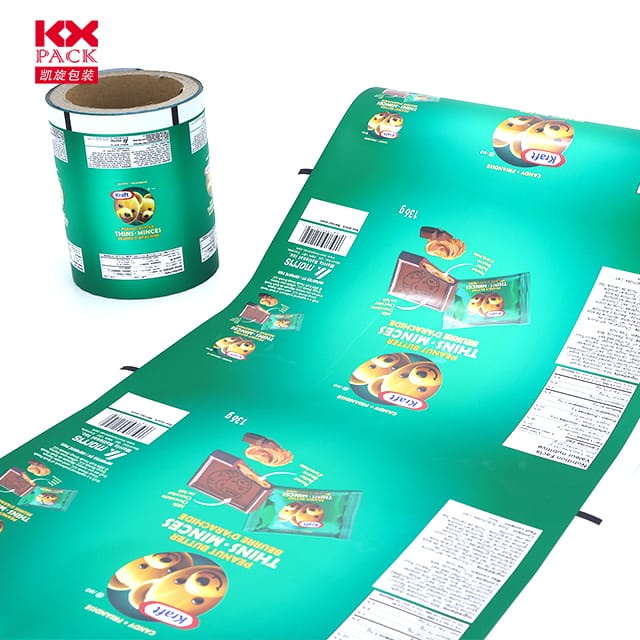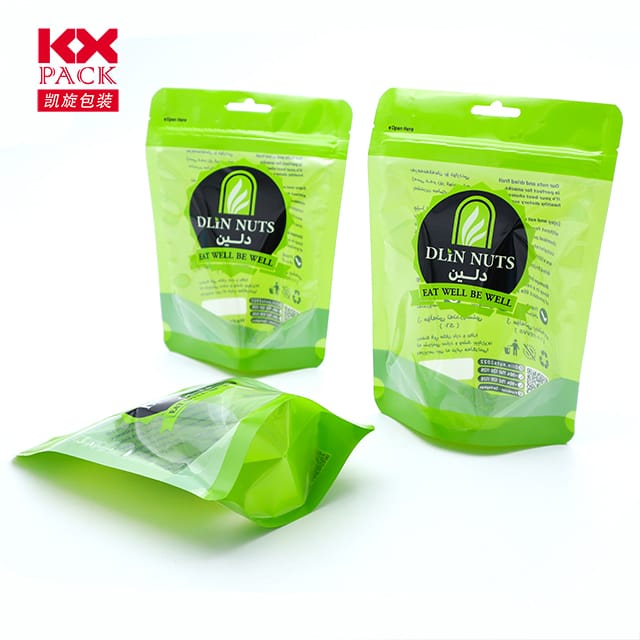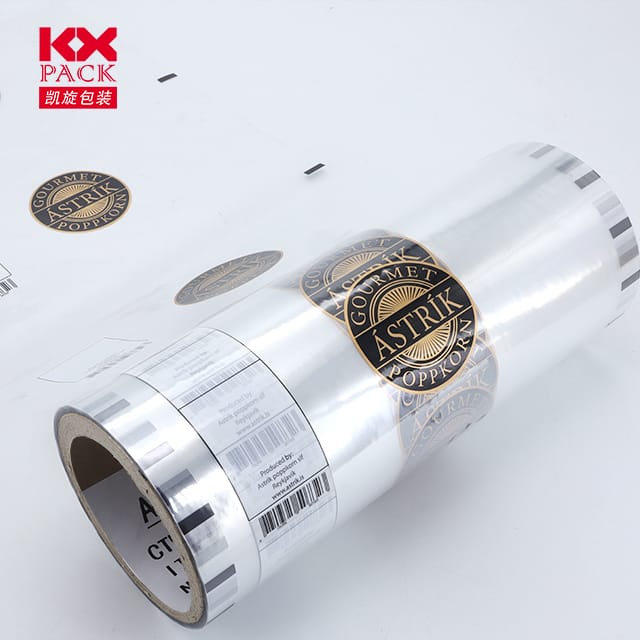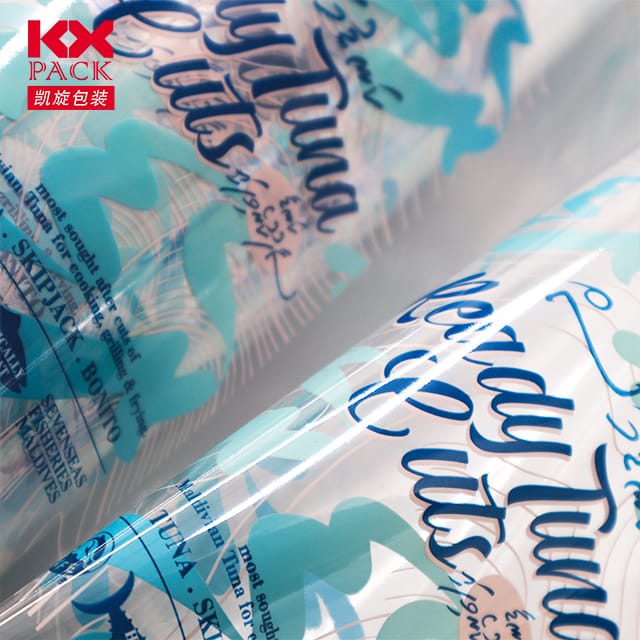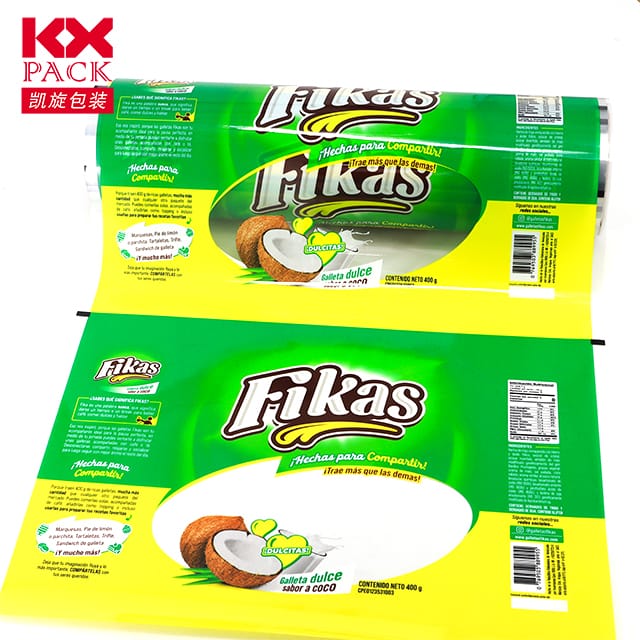Rolla Scannán Plaisteach: An laoch neamhshuimiúil pacáistithe, Caomhnú, agus solúbthacht
Rolla Scannán Plaisteach
From protecting fresh produce to safeguarding industrial materials, the humblerolla scannán plaisteach is a silent workhorse in modern life. Seo solúbtha, marthanach, agus tá pacáistiú réabhlóidithe ag ábhar cost-éifeachtach, talmhaíocht, tógáil, agus fiú eagraíocht tí. Déanaimis iniúchadh ar a chuid feidhmeanna éagsúla, cúinsí comhshaoil, agus malairtí nuálacha ag múnlú a thodhchaí.
1. The Many Faces of Plastic Film Rolls
Plastic film rolls come in countless variations, each tailored to specific needs:
- Stretch Wrap: Used in logistics to secure pallets during transit, preventing damage and tampering. Its elasticity ensures a tight grip without adhesive.
- Cling Film/Food Wrap: A kitchen staple for preserving leftovers, wrapping sandwiches, or covering dishes. Its transparency and airtight seal keep food fresh longer.
- Agricultural Film: Protects crops from pests, regulates soil temperature, and accelerates growth. Mar shampla, greenhouse plastic film creates controlled environments for year-round farming.
- Construction Film: Acts as a moisture barrier during building projects, shielding surfaces from paint, deannach, or weather damage.
- Industrial Packaging Film: Safeguards heavy machinery, furniture, or electronics from scratches, deannach, and corrosion during storage or shipping.
2. Why Plastic Film Rolls Dominate the Market
- Cost-éifeachtúlacht: Plastic film is inexpensive to produce and transport, making it ideal for bulk use.
- Lightweight and Flexible: Its malleability allows it to conform to irregular shapes, from food containers to industrial parts.
- Airíonna bacainn: Many films are designed to resist moisture, ocsaigine, or UV rays, extending the shelf life of perishables.
- Customizability: Manufacturers can adjust thickness, color, and additives (E.g., antistatic coatings) to suit specific industries.
Mar shampla, a20-micron clear plastic film roll might be used for wrapping fresh flowers, while a100-micron black film could serve as a durable ground cover in landscaping.
3. The Environmental Challenge: Inbhuanaitheacht agus Nuálaíocht
While plastic film rolls offer undeniable benefits, their single-use nature has raised environmental concerns. Traditional films, often made from polyethylene (Corpoideachas) or polypropylene (PP), can take centuries to decompose. ach, the industry is evolving with eco-friendly solutions:
- Scannáin in -bhithmhillte: Made from plant-based materials like cornstarch, these films break down within months under composting conditions.
- Ábhar athchúrsáilte: Some manufacturers now produce films with up to 50% recycled plastic, Ag brath ar spleáchas ar ábhair mhaighdean.
- Reusable Alternatives: Silicone food wraps or beeswax wraps are gaining popularity as sustainable substitutes for cling film.
- Teicneolaíochtaí Ard -Athchúrsála: Chemical recycling processes can convert used plastic film back into raw materials for new products.
4. Creative Uses Beyond Packaging
Plastic film rolls inspire DIY enthusiasts and professionals alike:
- Art and Crafts: Use transparent film as a protective layer for paintings or as a base for resin art.
- Home Organization: Line shelves or drawers with film to prevent scratches, or create custom-sized storage bags.
- Gardening Hacks: Cover seedlings with clear film to create a mini greenhouse effect, boosting germination rates.
- Emergency Repairs: Patch leaks in tents, inflatables, or even car windows temporarily with durable plastic film.
5. Choosing the Right Plastic Film Roll
Selecting the ideal film depends on your needs:
- Tiús: Measured in microns (µm), thicker films (E.g., 100µm+) offer greater durability for heavy-duty tasks.
- Trédhearcacht: Clear films are perfect for visibility, while colored or opaque options provide privacy or UV protection.
- Adhesive Backing: Some rolls come with sticky sides for easy application, such as protecting surfaces during painting.
Mar shampla, a30cm x 500m clear plastic film roll might suit a small business wrapping products, while a2m x 100m black construction film could cover an entire building site.
6. The Future of Plastic Film Rolls
As sustainability becomes a priority, the industry is shifting toward circular economy models. Nuálaíochtaí mar:
- Scannáin Inite: Made from seaweed or starch, these are safe for food packaging and eliminate waste entirely.
- Scannáin Chliste: Embedded with sensors to monitor food freshness or detect leaks in industrial settings.
- Self-Healing Materials: Films that repair minor tears automatically, extending their lifespan.
Conclúid
Plastic film rolls are a testament to human ingenuity—simple yet transformative. While their environmental impact demands attention, ongoing innovations promise a future where functionality and sustainability coexist. Whether you’re wrapping leftovers, shipping goods, or nurturing crops, choosing the right film and disposing of it responsibly can make all the difference.
What’s your favorite use for plastic film rolls? Share your tips or eco-friendly alternatives in the comments below! 🌍📦


